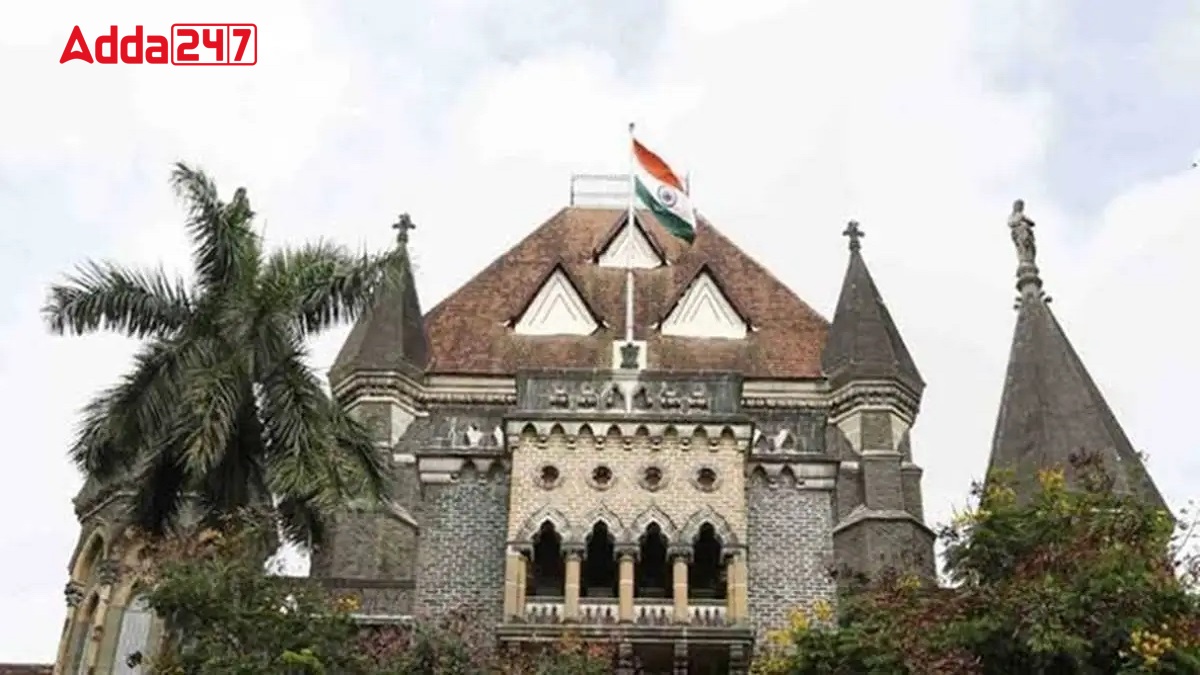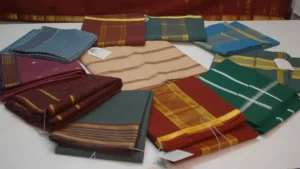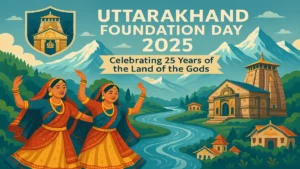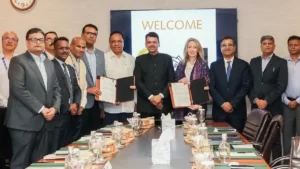The Maharashtra government has recently declared the geoglyphs and petroglyphs in Ratnagiri as protected monuments under the Maharashtra Ancient Monuments and Archaeological Sites and Remains Act, 1960. These ancient artworks, dating back to the Mesolithic era, depict various animals and footprints. Ratnagiri hosts over 1,500 artworks across 70 sites, with some included on UNESCO’s tentative World Heritage list.
Rock Art Details
Petroglyphs: Found in Deud, Ratnagiri, these artifacts are approximately 20,000-10,000 years old. They feature images of a rhino, deer, monkey, donkey, and footprints. The total protected area is 210 square meters.
Geoglyphs: Located along the 900 km Konkan coast in Maharashtra and Goa, Ratnagiri alone houses more than 1,500 geoglyphs spread across 70 sites. Seven of these are on the UNESCO tentative World Heritage list.
Significance
Art Forms: Geoglyphs and petroglyphs are distinct ancient art forms involving images or designs created on rock surfaces or the earth’s surface. The large concentration of these artworks on laterite plateaus in Konkan is unique and significant.
UNESCO’s View: According to UNESCO, these rock art collections are remarkable open-air ensembles of prehistoric human expression, showcasing diverse life forms such as marine, riverine, mammals, reptiles, amphibians, and avians that have vanished from the region centuries ago.
Conservation Concerns
Oil Refinery Proposal: There are concerns among conservationists that a proposed oil refinery in Barsu could pose a threat to the geoglyphs in the area, potentially damaging these invaluable heritage sites.




 Tamil Nadu Adds Five New Products to Its...
Tamil Nadu Adds Five New Products to Its...
 Uttarakhand Foundation Day 2025: Celebra...
Uttarakhand Foundation Day 2025: Celebra...
 Maharashtra Signs Landmark Deal With Sta...
Maharashtra Signs Landmark Deal With Sta...







